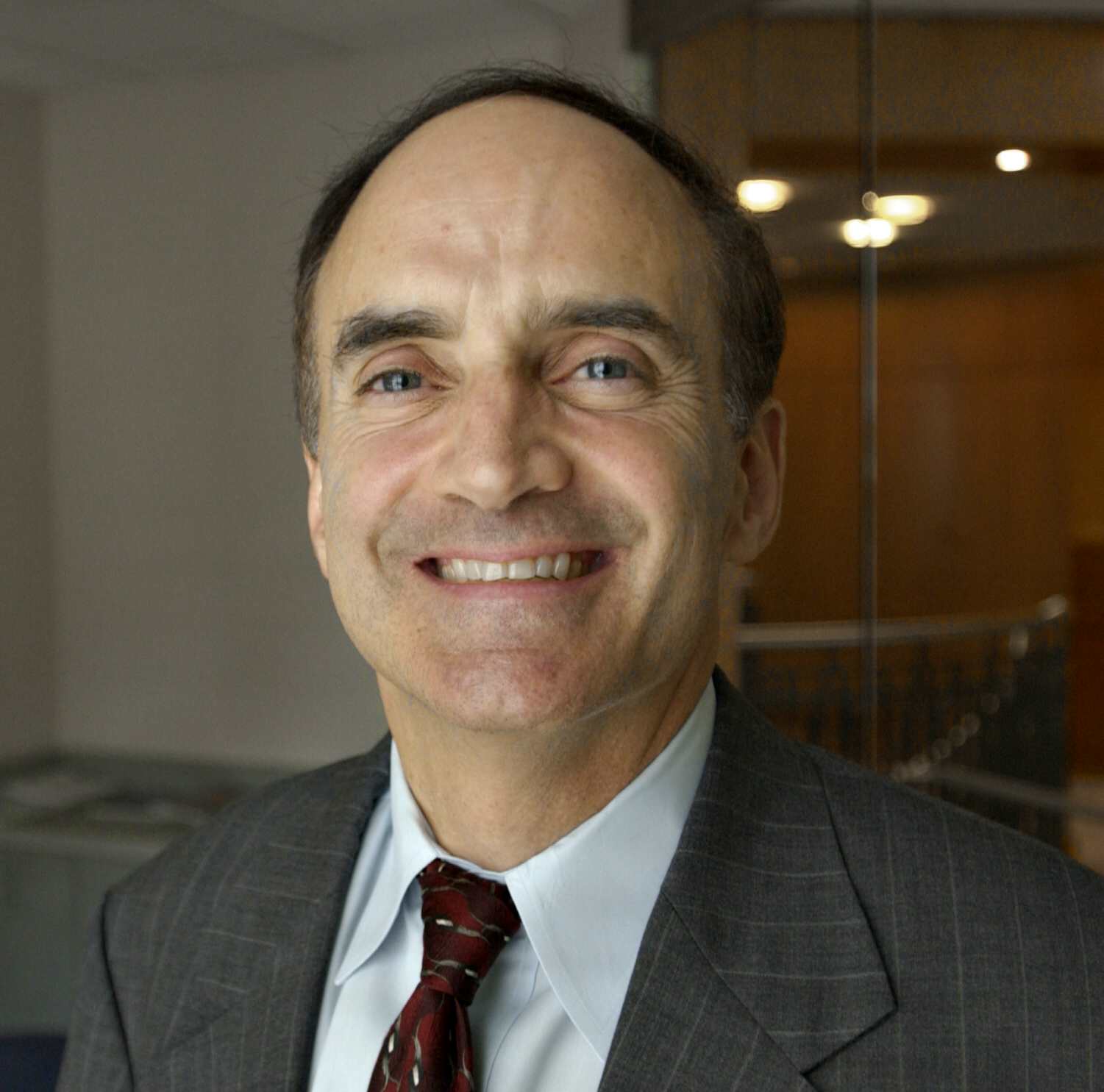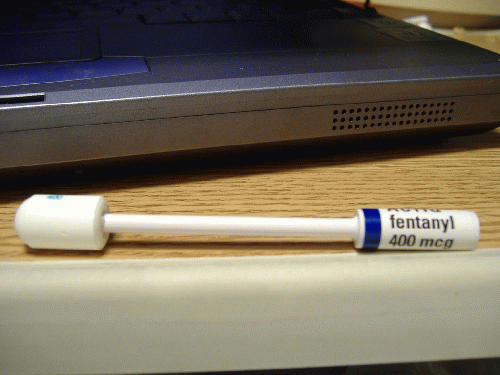College Hub Boston is Case in Point of National Crisis
By Robert Weiner and Annie Cayer
The United States and Boston have been grappling with a prolonged epidemic of opioid addiction and abuse. At the forefront of this crisis now killing over 100,000 annually is fentanyl, a synthetic opioid that surpasses the potency of heroin by roughly fifty times.
Boston's proximity to major drug trafficking routes and its status as a regional healthcare hub make it vulnerable to the influx of opioids. Adding more concern, Boston stands as a densely populated metropolis where the city boasts one of the highest concentrations of college students in the nation.
John Fantegrossi, who works in the Addiction Medicine Division at Boston Children's Hospital told us, "In college, substance use is very rampant and only about 3% of college students seek treatments because abusing substances is so accepted." He added, "The concern is that the drug dealers aren't focused on quality control so there is cross contamination into drugs like cocaine and cannabis."
In 2021, 12% of cocaine samples tested in Boston were flagged positive for fentanyl, according to the Boston Public Health Commission. Click Here .
Massachusetts leaders have explored various strategies in an attempt to address the crisis.
Attorney General Andrea Cambell has a comprehensive approach involving holding pharmaceutical companies accountable, ensuring equitable access to treatment, and collaborating with federal and local law enforcement.
The opioid crisis originated in the mid-1990s when Purdue Pharma introduced FDA-endorsed OxyContin, leading to a surge in fatalities from legally prescribed opioids. During this time, Barry McCaffrey, the Director of the Office of National Drug Control Policy (ONDCP) from 1996 to 2001, implemented strategies to address drug trafficking and production in Colombia, particularly targeting the cocaine trade. Cocaine and crack use in the U.S. dropped by over half, with the assistance of "Plan Colombia." Another notable achievement was McCaffrey's anti-drug use youth media campaign, which, despite its $3 billion public-private partnership as part of a $30 billion federal drug-control budget, became the most prominent aspect of the effort against drugs for many Americans. The campaign's TV, print, and online ads reached approximately 90% of teenagers at least four times a week, and there was a 30% drop in youth drug use 1998 to 2001.
However, waves of deaths continued, with the expansion of the heroin market. Now, a new wave of fatalities -- over 100,000 a year- has occurred due to the widespread presence of fentanyl.
"Substance abuse has been going on for a long time and I don't think it will ever go away, however, education is very important and how society talks about substance use," said Fantegrossi.
What makes fentanyl especially frightening is the fact that it can and is infiltrating every corner of our country. From rural America to large metropolitan cities, like Boston, and as the DEA coined; "one pill can kill."
(Note: You can view every article as one long page if you sign up as an Advocate Member, or higher).






